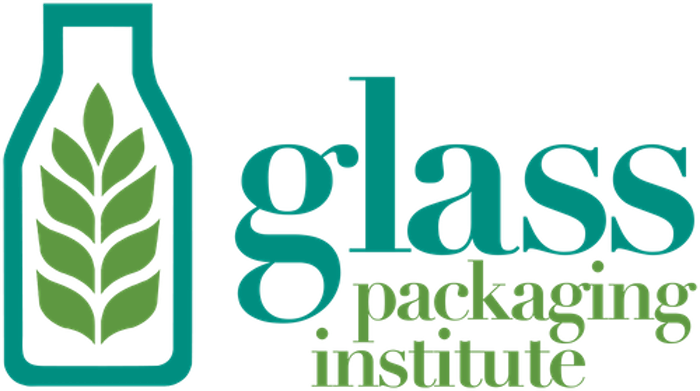Glass is made from readily available natural materials: sand, soda ash, limestone and cullet.
Cullet is the industry term for recycled glass and the only material used in greater volumes than sand. It must be free of contaminants such as metals, ceramics, gravel, stones and any other materials before mixing or "batching". Batched cullet is heated to 2600 to 2800 degrees Fahrenheit in order to mold into a desired shape.
Glass is nonporous and impermeable, which means packaged food and beverage products do not interact with their glass containers. As a result, food and beverage flavors are unaffected and unaltered. No after taste, ever.
Glass has an almost zero rate of chemical interactions, ensuring that glass bottles or containers preserve product strength, aroma, and flavor.
Food and beverages packaged in glass helps consumers to avoid potential health risks that other packaging made with unknown chemicals or substances may cause.
Glass Recyclability
Glass is 100% recyclable.
Glass can be endlessly recycled without loss in quality or purity.
80% of the glass that is recovered is made into new glass products.
Recycled glass can be substituted for up to 95% of raw materials.
Glass containers, such as bottles or jars, can go from recycling bin to store shelf in as little as 30 days.
Glass color affects how glass is recycled. For information about the different types of colored glass, including recyclable vs. non-recyclable, visit our Glass Coloring page.
Glass manufacturers are limited in the amount of mixed colored glass they can use to manufacture new containers.
Separating glass containers by color when recycling ensures that new bottles match the manufacturer color standards required by glass container customers.
Recycled glass containers found to be contaminated or broken into glass pieces too small to meet manufacturing specifications will not be recycled into new glass bottles and jars.
“Secondary” recovered glass can be still be recycled for non-container use such as fiberglass, tile, filtration, sandblasting, concrete pavements, and parking lots.
Contaminant-free recycled glass is best for ensuring it is recycled into new glass containers. For this reason, drop-off and commercial collection programs recover a higher quality of glass containers.
Curbside collection may be more convenient, but because residential recycling bins typically mix all materials from cans to paper and plastic, not to mention the possibility of other waste mixed in. In addition to requiring sorting, the glass may be contaminated, making it ineligible for recycling into new glass containers.

